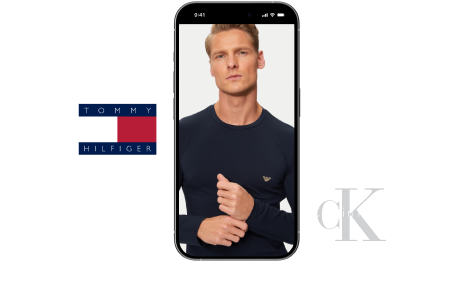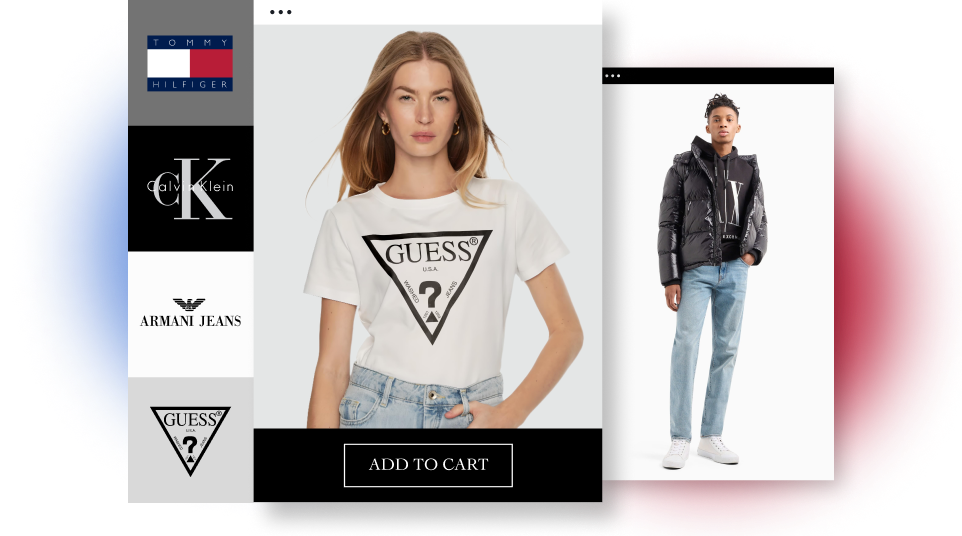Top Fashion Brands: Global Leaders In Style, Innovation & Value
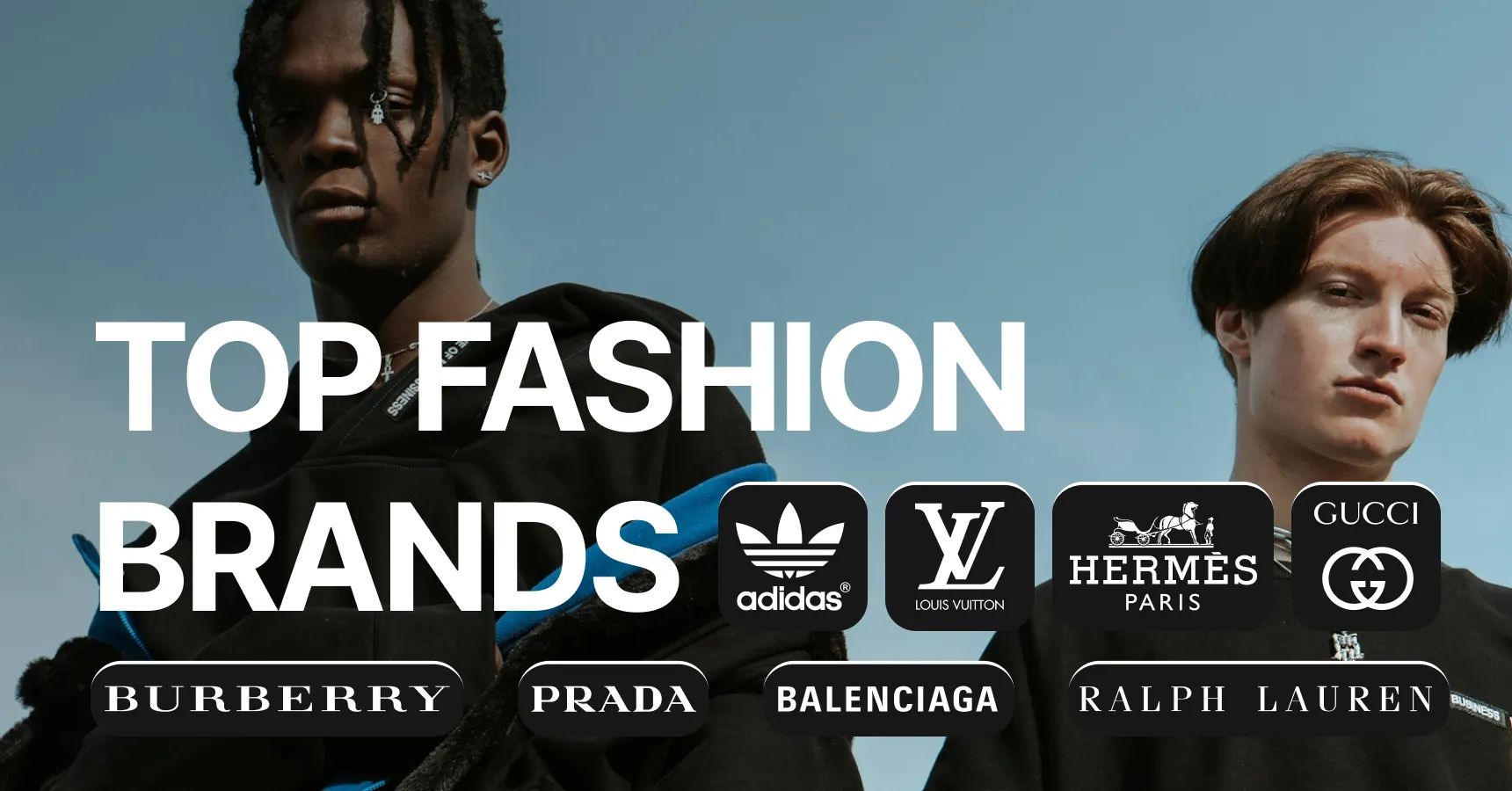
When you hear the phrase top fashion brands, you probably think of names that everyone recognizes – Louis Vuitton, Gucci, maybe even Nike. These brands do more than sell clothes. They shape culture, set trends, and sometimes even change the way we see ourselves. But what makes one label stand out above the rest? Is it heritage, market value, or the number of times you see their logo on Instagram?
Fashion today isn’t just about what’s in your closet. It’s also about influence. The biggest names in the industry are no longer just luxury houses serving the elite. They’re sportswear giants, streetwear innovators, and even affordable brands that make style available to everyone. Each of these companies has built a reputation through creativity, clever marketing, and global reach.
In this article, we’ll explore the most important players in the fashion world right now. Along the way, you’ll see how the industry is shifting, from luxury exclusivity to mass accessibility.
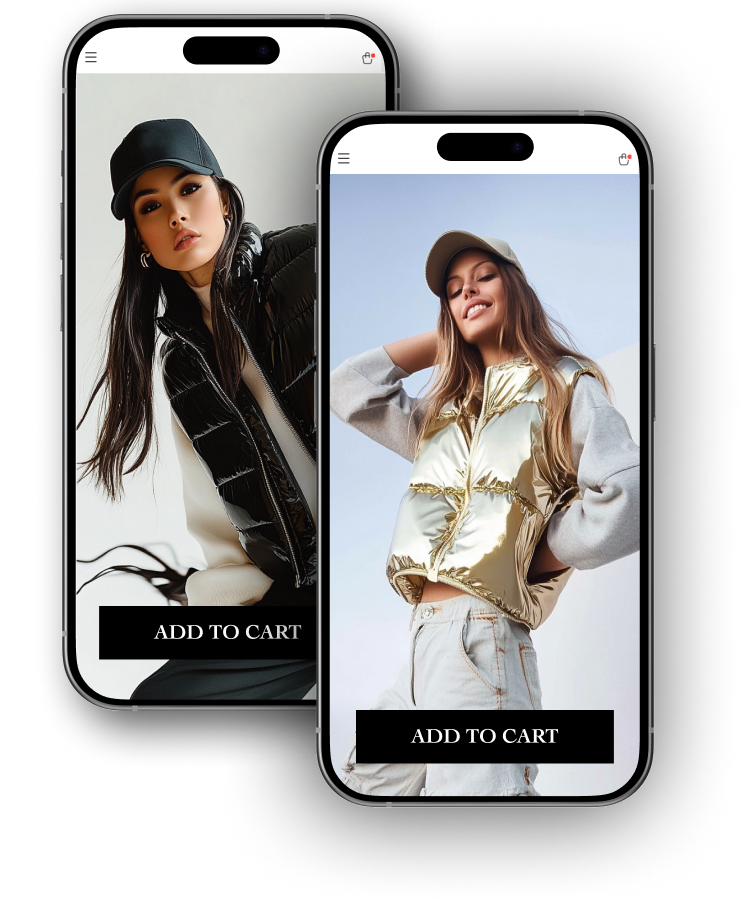
How we ranked the top fashion brands
Before we jump into the list, it’s worth asking: how do you even decide which brands deserve to be called “top”? It’s not only about who sells the most or who charges the highest price. We looked at several layers that matter when talking about global leaders.
First, there’s brand value – basically how much a name is worth in dollars. Companies like Louis Vuitton and Nike aren’t just selling products, they’re selling powerful identities that boost their financial strength.
Second, we considered revenue and global reach. A brand that earns billions each year and has stores in every major city clearly plays in a different league than a small boutique.
Third, there’s cultural influence. You know a label is at the top when its designs show up everywhere – from red carpets to TikTok feeds.
And finally, we looked at innovation and sustainability. More and more, people care about how clothes are made and whether brands are serious about reducing their impact on the planet.
By pulling all of these threads together, we built a list that highlights not just financial winners, but also cultural shapers and future-focused leaders.
The global fashion industry snapshot
To understand why certain brands dominate, you first need to see the bigger picture 🌍 The fashion industry is one of the largest consumer markets in the world, and it’s still growing. Recent reports put the global apparel market at well over a trillion dollars, with steady expansion driven by rising middle classes in Asia and ongoing demand in the US and Europe.
Luxury fashion houses continue to thrive. People may cut back on travel or dining when the economy dips, but the appetite for high-end bags or sneakers often holds strong. Louis Vuitton, Hermès, and Chanel have shown that timeless appeal combined with exclusivity can create incredible resilience 💎 These companies often lead the pack in brand value, even if they serve a smaller customer base compared to mass-market retailers.
On the other side, fast fashion and sportswear giants are shaping the industry at scale. Zara, H&M, and Uniqlo move products quickly and keep prices accessible, while Nike and Adidas have blurred the line between performance and lifestyle. Their global reach gives them unmatched visibility, and their marketing power keeps them in front of millions daily.
What’s changing most is how consumers decide what’s worth buying. Social media has sped up trend cycles, making some designs viral overnight. At the same time, more buyers want transparency – where products come from, how sustainable they are, and whether the brand stands for something beyond profit 🌱
So, while the industry remains highly competitive, the brands that make it to the top aren’t just selling clothes. They’re balancing tradition with innovation, exclusivity with accessibility, and growth with responsibility. This is the context in which today’s leading labels have built their power.
The top 14 fashion brands
When we talk about global leaders, each brand on this list has carved out a unique space. Some rely on centuries of heritage, others on lightning-fast product drops, and a few mix both worlds. Here’s a closer look at the most influential names shaping fashion today.
1. Louis Vuitton
Louis Vuitton is often the first name people think of when luxury comes up – and for good reason. Known for its iconic monogram, it represents craftsmanship and exclusivity. The brand has been consistently ranked as the most valuable fashion label worldwide, with handbags that become status symbols across continents.
Its strategy is smart: heritage roots paired with bold collaborations that bring younger audiences on board without losing its luxury edge.
2. Gucci
Gucci thrives on reinvention. From bold prints to maximalist designs, it captures attention like few others. Over the last decade, the brand has built a loyal following among younger consumers who see it as edgy yet still luxurious.
Gucci has also leaned into sustainability efforts, experimenting with eco-friendly materials and transparency. Its mix of heritage and modern pop culture references makes it one of the most talked-about luxury houses today.
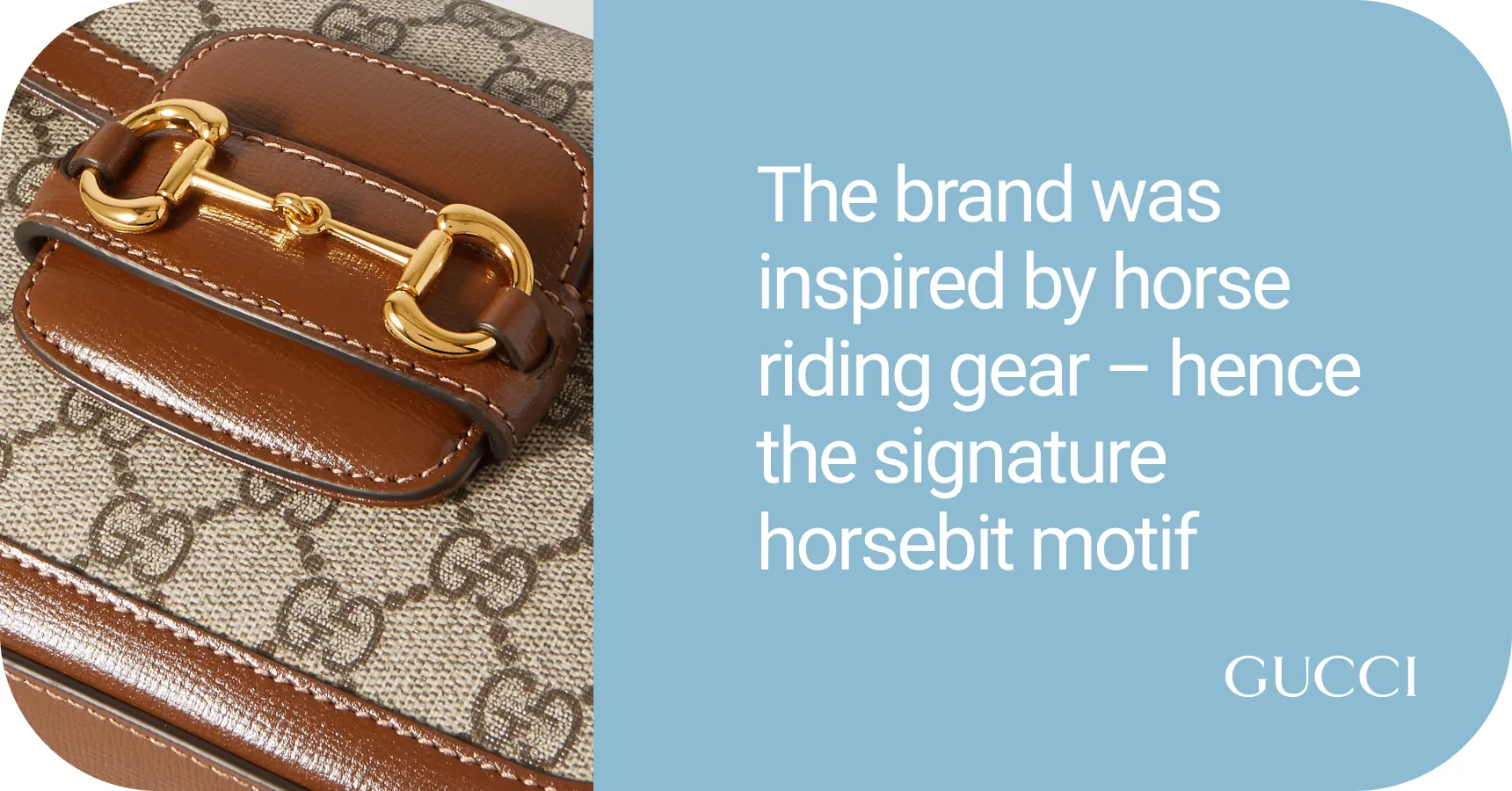
3. Chanel
Chanel stands for timeless elegance. The little black dress and the No. 5 fragrance remain symbols of classic style, decades after their creation. But the brand isn’t stuck in the past. Its haute couture collections still dominate Paris Fashion Week, and its ready-to-wear pieces keep it relevant for modern buyers.
With a carefully controlled distribution model, Chanel maintains exclusivity while continuing to grow as one of the most powerful luxury labels worldwide.
4. Hermès
Hermès is synonymous with craftsmanship. Its Birkin and Kelly bags have waiting lists that can stretch for years, proving how scarcity can drive desirability. Unlike many competitors, Hermès keeps production limited and quality high. This approach ensures long-term brand value, making it a standout even in tough economic times.
While it may not chase trends, its reputation for timeless design makes it one of the strongest players in the luxury space.
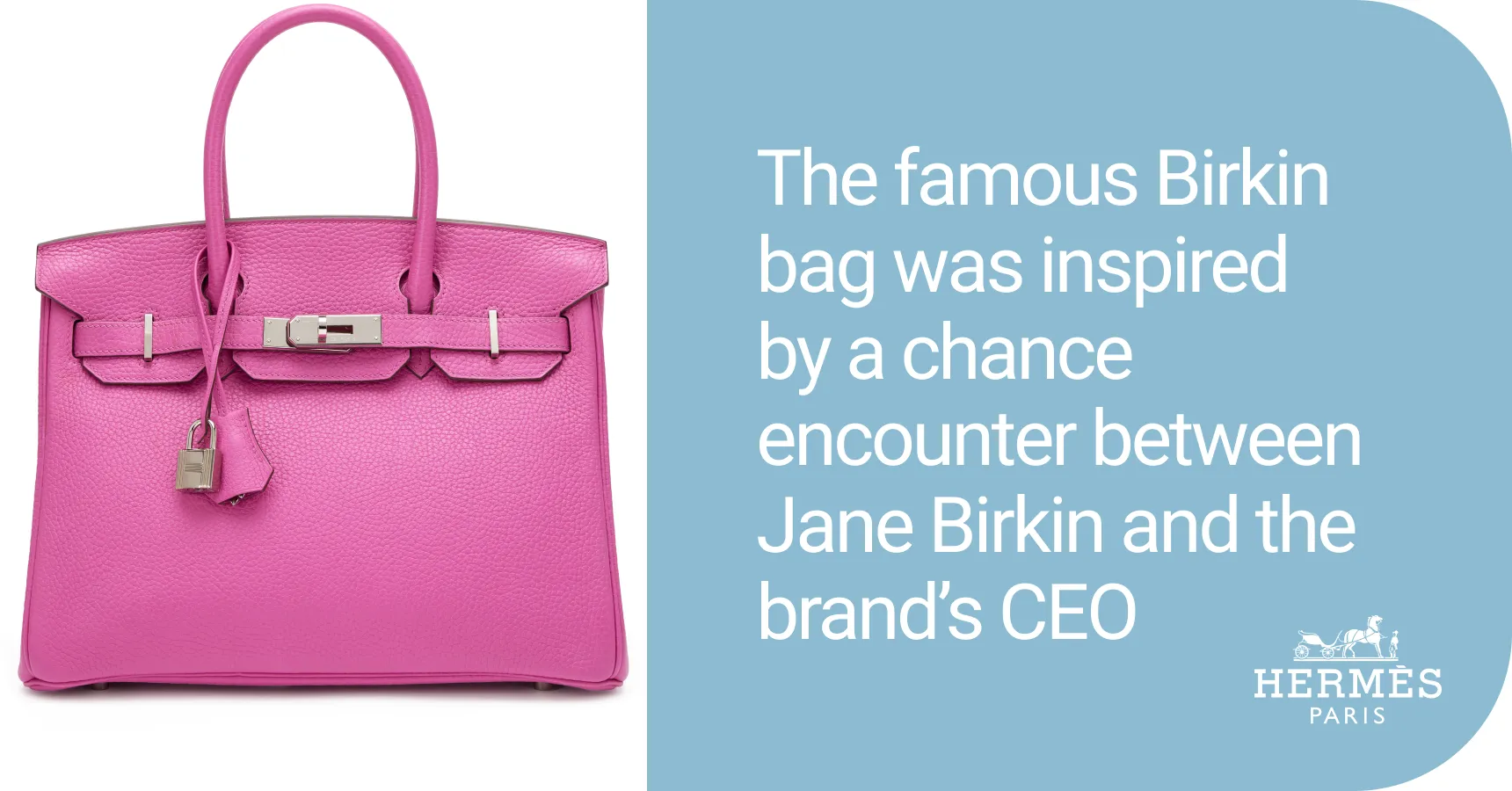
5. Dior
Dior balances haute couture artistry with mass appeal. Under recent creative leadership, the brand has found ways to honor its heritage while embracing modern fashion. Its handbags, particularly the Lady Dior, remain bestsellers, and its cosmetics division broadens its reach.
Dior’s presence spans from runway shows to Instagram feeds, making it not only a luxury powerhouse but also a cultural icon that appeals to multiple generations.
6. Nike
Nike is the world’s biggest sportswear brand, and its influence stretches far beyond athletics. Its “Just Do It” slogan is recognized globally, and its products – from Air Jordans to tech-driven performance wear – shape both sports and street style.
Nike is also a leader in digital marketing, building strong communities online. While rooted in performance, its collaborations with designers and celebrities have kept it at the forefront of lifestyle fashion too.
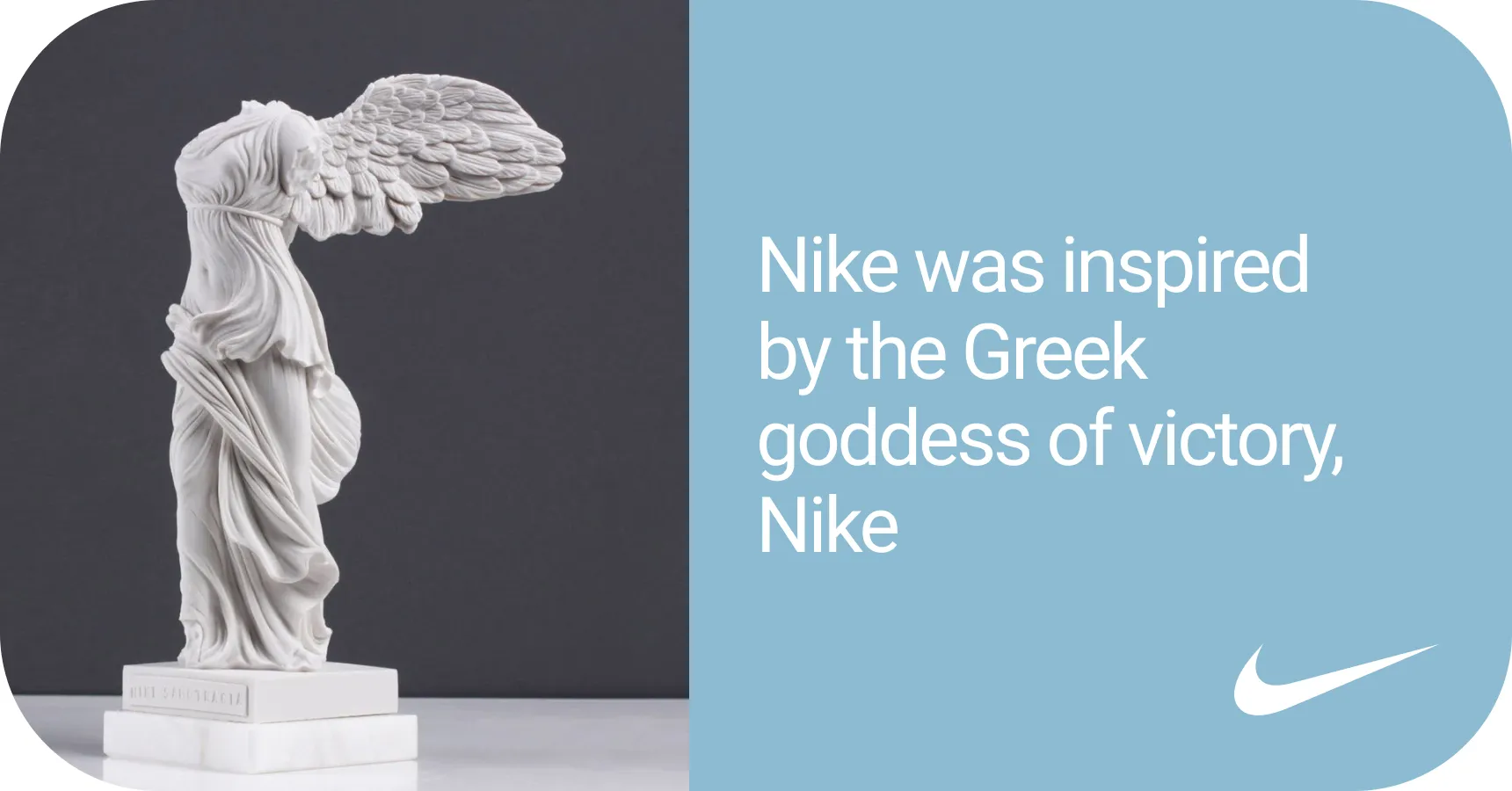
7. Adidas
Adidas is another giant that bridges performance and culture. Known for its three stripes, it competes closely with Nike by focusing on both functionality and style.
Collaborations with artists like Kanye West and Pharrell Williams gave it a strong foothold in streetwear, while its commitment to recycled materials shows it’s serious about sustainability. Adidas’s global reach and adaptability keep it firmly among the most recognized fashion names worldwide.
8. Zara
Zara practically invented fast fashion ⚡ Its ability to move designs from sketch to store in a matter of weeks changed the entire industry. This speed allows it to capture trends as they happen, keeping younger shoppers engaged. With thousands of stores across the globe and a strong online presence, Zara has become a go-to for affordable, trend-driven clothing. Critics point to sustainability challenges, but its influence is undeniable.
9. H&M
H&M focuses on affordable fashion for the masses. It built its reputation on stylish basics and fast-moving collections. Recently, the company has invested heavily in sustainability, from garment recycling programs to eco-friendly materials ♻️ While competition is fierce, H&M’s accessibility and wide range of options give it staying power. Its collaborations with luxury designers also help it reach beyond the budget-conscious audience.
10. Uniqlo
Uniqlo takes a different approach to affordable fashion. Rather than chasing fast trends, it offers timeless, functional basics designed with innovation in mind 💡
Its HeatTech and AIRism fabrics are prime examples of how technology can improve everyday clothing. Popular across Asia and expanding in Europe and North America, Uniqlo has built a reputation for quality at a reasonable price. Its minimalism appeals to consumers tired of disposable fashion.
11. Prada
Prada has staged a strong comeback in recent years. Known for its clean lines and intellectual take on fashion, it has become popular again among younger audiences.
The brand mixes classic luxury with experimental designs, making it relevant both on the runway and in street style. Its sustainability programs, including recycled nylon, also show how it’s adapting to new consumer expectations. Prada’s ability to reinvent itself keeps it on the list of leaders.
12. Ralph Lauren
Ralph Lauren represents classic American style. Its polo shirts, preppy looks, and timeless tailoring have defined the brand for decades. Recently, Ralph Lauren has leaned into its heritage to win back consumers looking for authenticity. While it faces heavy competition, its strong brand identity and recognition worldwide keep it a staple. It may not always chase trends, but its consistency and cultural roots give it long-term staying power.
13. Balenciaga
Balenciaga is the rule-breaker of luxury fashion. Known for oversized silhouettes, bold sneakers, and viral marketing campaigns, it appeals directly to younger generations who want something disruptive.
Although its edgy style can be polarizing, its cultural influence is undeniable. Balenciaga thrives on creating conversation – whether through unusual runway shows or social media stunts. By leaning into shock value and risk-taking, it has carved out a distinct spot in luxury fashion.
14. Burberry
Burberry combines British heritage with modern relevance. Its iconic trench coat and check pattern are recognized worldwide. Over the past decade, the brand has worked hard to modernize its image, bringing in fresh designs while keeping its traditional elements intact. Strong performance in Asian markets has boosted its growth, and its digital-first strategies show that even a century-old brand can stay innovative.
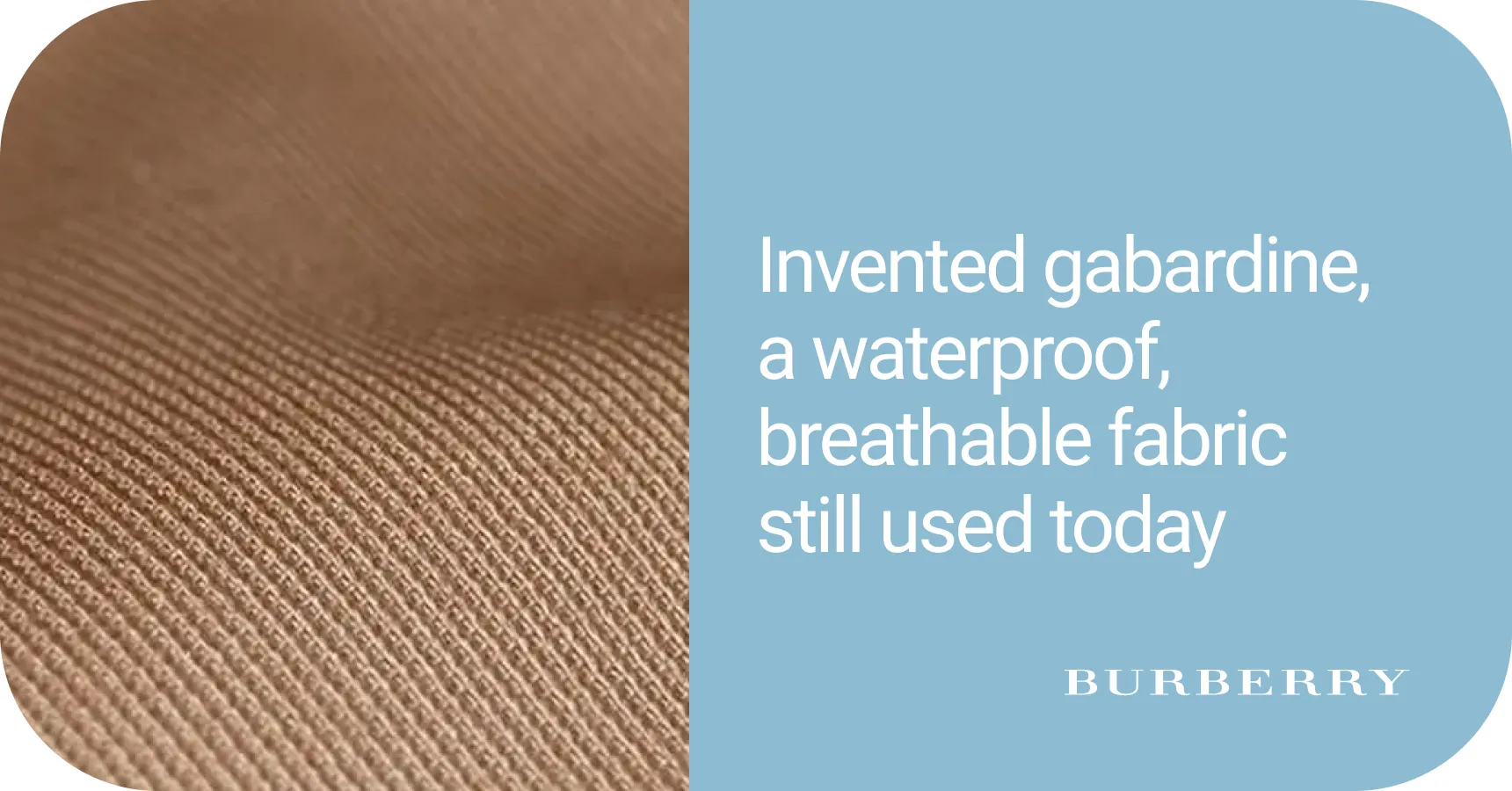
Together, these 14 names represent the spectrum of what makes a brand powerful: heritage, accessibility, innovation, and cultural impact. They may play in different segments, but each holds a unique position that influences how we all see fashion today.
Luxury vs affordable: A tale of two fashion worlds
When you look at today’s top fashion brands, one thing becomes obvious: not all of them play in the same league. On one side, you have luxury houses like Louis Vuitton, Hermès, and Chanel. On the other, brands like Zara, H&M, and Uniqlo cater to a much broader audience. Both have influence, but in very different ways.
Luxury brands thrive on exclusivity. Scarcity and craftsmanship make their products desirable, and their logos carry a status that goes beyond style. When you buy a Hermès bag or a Gucci jacket, you’re not just buying clothing – you’re buying a piece of heritage and identity. These brands also tend to innovate carefully, protecting their image while setting trends that others follow.

Affordable fashion, meanwhile, is all about accessibility. Zara and H&M follow trends fast, offering the latest styles affordably, while Uniqlo focuses on practical, high-quality basics. These brands shape daily fashion choices worldwide, and their reach can rival – even exceed – some luxury labels in sheer numbers.
The key difference isn’t just price – it’s strategy and impact. Luxury brands influence desire and aspiration, while affordable brands influence what most people actually wear every day. Together, they paint a complete picture of the global fashion landscape, showing that being “top” can mean many things.
Conclusion: Why these brands lead the way
What’s clear is that success today isn’t just about selling clothes. It’s about connecting with people, adapting to new technologies, respecting the planet, and staying culturally relevant. Whether you follow luxury icons, sportswear leaders, or accessible fashion, these brands set the standards for creativity and value globally 🌐
Next time you choose a piece of clothing, think about why it speaks to you. Understanding the top fashion brands gives you a deeper appreciation of the choices, trends, and strategies that shape the world of style.
Start dropshipping top fashion brands with AliDropship
If learning about the world’s top fashion brands got you thinking, what if you could sell some of these iconic names yourself? Now, imagine running your own dropshipping business featuring premium brands like Calvin Klein, Armani, Tommy Hilfiger, and Guess – without building everything from scratch. That’s exactly what AliDropship makes possible ✅
📅 With AliDropship, you get a turnkey dropshipping store that’s ready to start selling from day one. Here’s why it’s a favorite in the dropshipping community:
Professional ready-made stores – pre-loaded with trending products for fast selling.
- All-in-one platform – store, product catalog, automation, and marketing tools in one place.
- Automated marketing & promotions – email templates, ad campaigns, and influencer outreach without prior experience.
- Access to premium brands – authorized suppliers for Calvin Klein, Armani, Tommy Hilfiger, Guess, Nike, Levi’s, and more.
- Autopilot functionality – inventory, pricing, and essential store tasks run automatically.
- Analytics dashboard – real-time data on visitors, sales, and customer behavior.
- Expert support & learning hub – 24/7 assistance and free lessons covering setup to advanced marketing.
Special offer
The real edge? This offer from AliDropship doesn’t hand you an empty storefront. You start with a catalog already packed with premium fashion names: Calvin Klein, Armani, Tommy Hilfiger, and Guess.
✔️ All products are 100% original and authentic, provided by authorized suppliers you can trust.
✔️ Your store isn’t just selling popular brands – it’s selling the real deal, boosting customer confidence and credibility from day one.
Instead of convincing shoppers to buy unknown labels, you’re offering products they already know, love, and trust. That flips the hardest part of dropshipping – earning trust – into one of your biggest strengths right from launch.
Whether you’re a beginner or looking to scale, AliDropship gives you a complete, easy-to-use ecosystem to start dropshipping top fashion brands with confidence.
What is the top 10 fashion clothing brands?
What brand is Gen Z wearing?
What brand is trending now?
What is the 3-3-3 rule for clothes?
